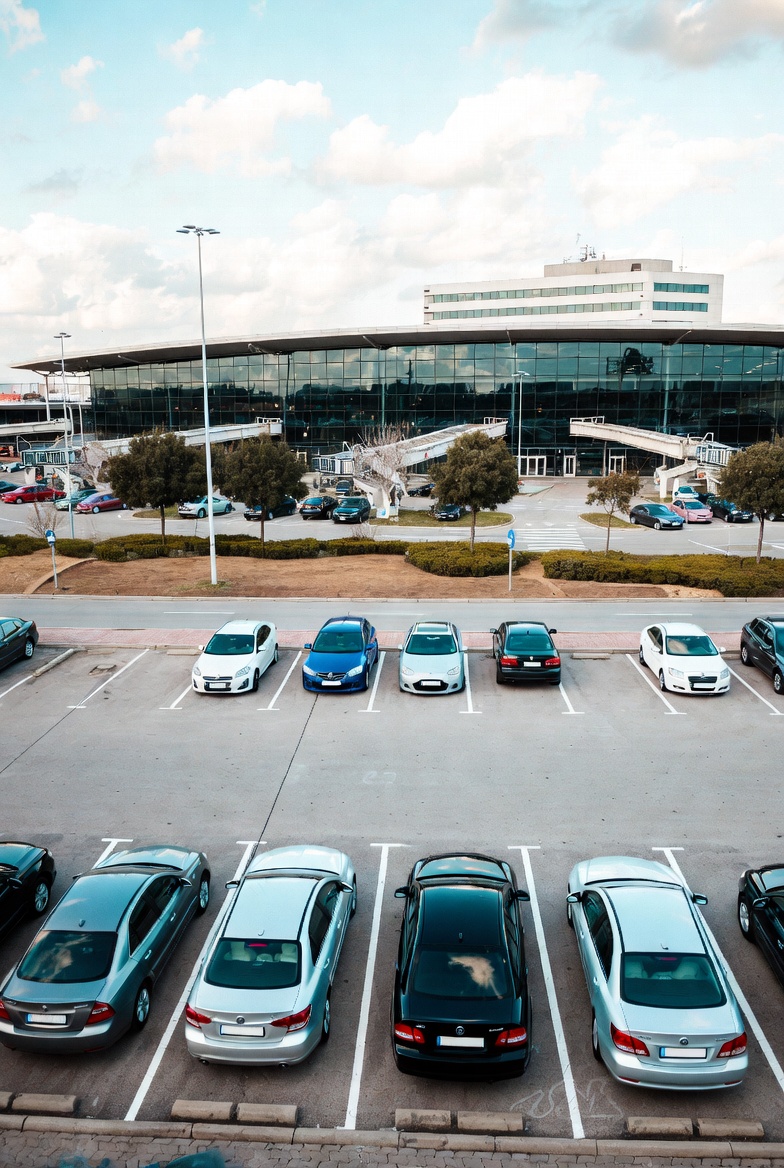London Calling! Heathrow Announces New Runway Project
 John Doe |
04/03/2024
John Doe |
04/03/2024
The debate over Heathrow Airport's expansion continues. Plans for a third runway have been around for years, facing constant opposition. But Heathrow has just unveiled its preferred route for
ward, aiming to build the new runway by 2026. The full expansion, including additional infrastructure, terminals, and improved access, would then be finished by 2050.
Heathrow's ambitious expansion plan faces scrutiny. The proposal includes significant infrastructure changes, such as moving roads, diverting rivers, and rerouting a major motorway (M25) through a tunnel beneath the new runway. Public consultation on this plan is open until September 13th, 2019.
Why Has It Taken So Long to Get to This Stage?
This announcement comes nearly a year after overwhelming parliamentary support (415 to 119 votes) for Heathrow's £14 billion expansion. The project goes beyond just a third runway, aiming to increase capacity to handle 740,000 flights annually, up from 480,000. The new runway itself would be built northwest of the existing two.
However, the plan faces opposition from local residents and environmental groups concerned about the impact on pollution levels and their ability to meet EU regulations.
Heathrow's Bustling Hub: Connecting the World
Heathrow Airport is a true giant in the aviation industry. With over 75.5 million passengers in 2016 (a 1% jump from 2015), it serves as the UK's sole hub airport, second only to Dubai in international traffic. But what exactly is a hub airport?
Understanding Hub Airports:
There are two main airport models: hub airports and point-to-point airports. Point-to-point airports offer direct connections to other destinations, while hub airports act as central connection points for passengers traveling between distant locations.
Think of it like a train system. A point-to-point airport would be like a direct train route between two cities. A hub airport, however, is like a major junction where passengers can change trains to reach their final destination.
For instance, if you're flying from Manchester to New York, you might have a connecting flight at Heathrow. While this may seem like an extra stop, it allows airlines to offer more frequent and potentially cheaper flights to destinations like New York by efficiently routing passengers through central hubs.
The Debate Heats Up: Weighing the Expansion's Impact
For years, the question of a new runway at either Heathrow or Gatwick has been a hot topic. In 2013, Heathrow submitted proposals to the Airports Commission, an independent body reviewing airport capacity in southeast England. Ultimately, the Commission recommended a new northwest runway and sixth terminal at Heathrow, a plan approved by the government in 2016.
Pros: Boosting Business and Jobs
Proponents of the expansion highlight its potential to fuel economic growth. A new runway would allow Heathrow to compete more effectively with European hubs for business investment. The government estimates the runway could generate £5.5 billion over 60 years, with the British Chambers of Commerce placing the figure closer to £30 billion. Job creation is another benefit, with estimates of 60,000 jobs during construction and 8,000 permanent positions operating the expanded airport. Additionally, the expansion could improve efficiency by reducing delays caused by congestion.
Cons: Environmental and Community Concerns
Opponents of the expansion raise several concerns. Environmental impact is a major point of contention, with fears of increased CO2 emissions from additional flights. HACAN, a group representing residents under Heathrow's flight paths, argues the airport could become the UK's biggest CO2 emitter. Some believe the environmental costs outweigh economic benefits, with estimates suggesting carbon emissions could cost over £13.3 billion over 60 years, potentially exceeding the government's economic projections. Noise pollution is another concern, with hundreds of thousands of residents facing increased aircraft noise. The expansion also carries a human cost, potentially requiring the demolition of homes and businesses, along with disruptions to local transportation.
Heathrow's Third Runway: A Long and Winding Road
The saga of Heathrow's third runway is a complex one, marked by years of proposals, cancellations, and debates. Here's a timeline highlighting the key milestones:
-
December 2003: The government proposes a third runway to address rising passenger numbers and maintain global competitiveness.
-
November 2007: Consultation begins for a third runway and a new terminal.
-
January 2009: The government officially backs the expansion plan.
-
May 2010: A change in government leads to the cancellation of the expansion at Heathrow and other airports.
-
January 2012: Soaring passenger numbers reignite calls for a new runway.
-
September 2012: The Airports Commission is formed to address capacity issues in southeast England.
-
July 2013: Heathrow submits three new proposals, each with a third runway in a different location.
-
December 2013: The Commission shortlists a northwest runway at Heathrow as a potential option.
-
June 2015: The Commission recommends the northwest runway and a sixth terminal as the preferred solution.
-
December 2015: Environmental concerns are raised, urging strict conditions for the project.
-
October 2016: The government approves the Commission's recommendation.
-
January 2018: Public consultations are held to gather feedback on the expansion plans.
-
June 2018: Parliament overwhelmingly votes in favor of the expansion.
-
June 2019: The masterplan outlining the project details is published for public input.
This timeline illustrates the long and contentious journey of Heathrow's third runway. The debate continues, with environmental and community concerns balanced against potential economic benefits and increased connectivity.
_6.jpeg)
 John Doe | 12/27/2025
John Doe | 12/27/2025

 John Doe | 12/27/2025
John Doe | 12/27/2025
_31.jpeg)
 John Doe | 12/27/2025
John Doe | 12/27/2025
